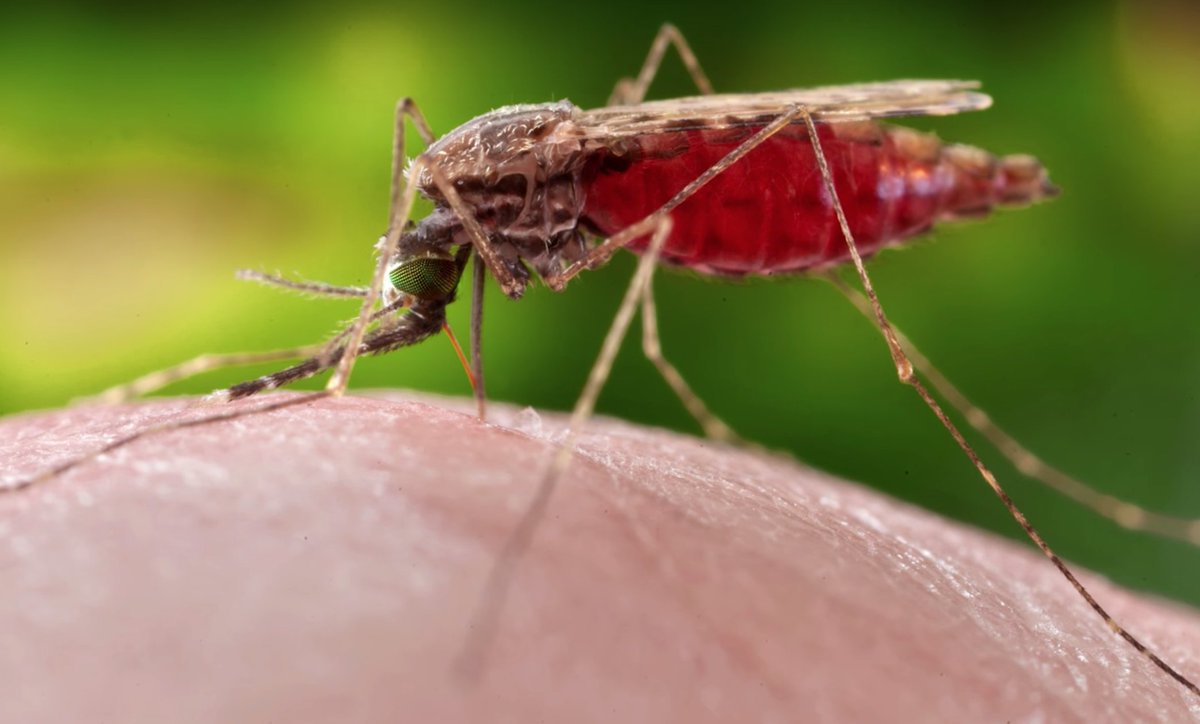Malaria is an infectious disease caused by the presence of Plasmodium parasites in the red blood cells. The four types of Plasmodium that can infect humans are namely; Plasmodium vivax, Plasmodium falciparum, Plasmodium malariae, and Plasmodium ovale. Among the four types of Plasmodium, Plasmodium falciparum and Plasmodium vivax are dominant in Indonesia. Malaria is transmitted to humans through the bite of malaria-infected female Anopheles mosquitoes. Furthermore, other forms of transmission of malaria can be from pregnant women infected with malaria to their fetuses through the placenta and blood transfusion of a person contaminated by the Plasmodium parasite. According to World Health Organization, there are 228 million malaria cases, with 405 thousand deaths worldwide in 2018.
Indonesia is located in the tropics and has two kinds of seasons, which are the rainy season and the dry season. In each of these seasons, climatic conditions will change according to the influence of environmental factors. It is very influential in the spread of malaria, with the reason being that mosquitoes are cold-blooded. Hence, climate change drastically affects its population distribution, bite rate, survival, and the time of development of pathogens in mosquitoes. An increase in only half a degree Celsius temperature can increase 30% to 100% of the mosquito population. With higher temperature, mosquitoes and malaria parasites can mature more quickly so that the spread of malaria increases at a very fast rate. However, if the temperature becomes too high, the mosquitoes or malaria parasites cannot survive. Notwithstanding, stationary water such as dams, a breeding ground for mosquitoes, also affects the spread of malaria. The higher rainfall causes an increase in larvae breeding, which in turn produces more mosquitoes to spread malaria.
Mathematical models are tools to understand the dynamics of the transmission of infectious diseases, including malaria. Another form of mathematical model that can be used to control the spread of diseases is by incorporating optimal control strategies that effectively prevent and treat malaria. Some researchers have used optimal control theory to study malaria transmission dynamics through insecticide mosquito net, indoor residual spraying, and screening for the treatment of symptomatic and asymptomatic individuals. Other researchers have discussed an optimal control model that aims to reduce malaria spread with treatment and insecticides as optimal control.
Models of disease transmission in the form of vector-hosts such as dengue fever with the effect of seasonal variations on mosquito births have been widely studied. Furthermore, the mathematical model of malaria spread that considers seasonal factors in the form of changes in temperature and rainfall in malaria, which play an important role in the rate of malaria transmission, are also widely studied. In this study, a mathematical transmission model of malaria was studied by dividing exposed individuals into two, individuals exposed to a short-term incubation period and individuals exposed to a long-term incubation period. Next, the model considers seasonal variations in the mosquito population and the application of optimal control strategies in the form of insecticide efforts on the mosquito population, prevention and treatment in the human population.
From the discussion, the model without seasonal factor has two equilibria, namely the disease-free equilibrium and the endemic equilibrium. The calculations showed that basic reproduction number is an important parameter in mathematical epidemiology. The disease-free equilibrium is locally asymptomatically stable if the basic reproduction number < 1. The global sensitivity analysis is then investigated using Partial rank correlation coefficient (PRCC) to reveal the parameters that give the most influence on malaria transmission. The analysis result exhibited that the transmission rate and mosquitoes life span show the most sensitive parameters. The simulation results of the malaria model with seasonal factors have been implemented in three scenarios. From the three scenarios, the seasonal factors have the most influence on infectious mosquitoes and also human populations exposed in region with hot climate. Thereafter, we have integrated the optimal control strategy in the form of insecticide, prevention, and treatment efforts to minimize the spread of malaria in the population. We have demonstrated four different strategies for malaria mitigation. From the simulation experiments, it can be seen that the number of infected (exposed and infectious) humans and infectious mosquitoes can be reduced by various combinations of the control variables. However, activating the three controls simultaneously is the best intervention strategy to minimize malaria transmission in the community. These results are in line with previous studies, which show that temperature and rainfall are important factors in modeling seasonal vector-borne diseases that can affect the biting rate, survival, and abundance of mosquitoes.
Author: Dr. Fatmawati, M.Si
Details of the research can be viewed here:
https://www.sciencedirect.com/science/article/pii/S2211379721003806
Authors: Fatmawati, Faishal Farrel Herdicho, Windarto, Williams Chukwu, Hengki Tasman.
Title: An optimal control of malaria transmission model with mosquito seasonal factor, Results in Physics, 25 (2021) 104238.https://doi.org/10.1016/j.rinp.2021.104238





